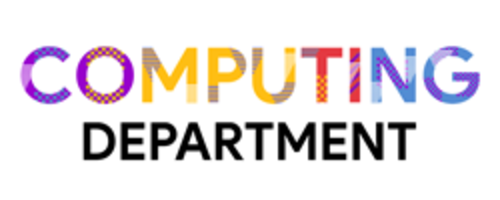




From leading a successful computing & ICT department for almost a decade with outstanding results. This is the accumulation of wealth and experience of how to run such a department with an all in one incredibly comprehensive document. The package includes a word and pdf file and while this will require editing, I do have all pages available in OneNote that includes ready to use templates for the department in my TES shop. However, you may find word file copies over just as well to provide a saving.
I would encourage this for all aspiring heads of department and even curriculum leaders to download the resources to get a detailed breakdown of all the T&L thinking behind running a department involving KS3, KS4 and IB courses. Please review the file previews that shows the contents page of what is covered to check if this is something of benefit to your situation.
Handbook highlights:
- Over 200 pages in length (fully comprehensive)
- Full KS3,4 & IB Curriculum: Content and Structure
- Department Overview
- Assessmnent & Reporting
- Teaching & Learning for Computer Science
- Policies and department policies
- Department resources
- Documents for students
- External Examination Results
- How to format Onenote pages
- Computing Department Logo ($15)
Excerpt
Department Aims
The department is driven by providing a high-quality computing education to equip pupils with the computational thinking and creativity to understand and change the world. Computing has deep links with mathematics, science, and design and technology, and provides insights into both natural and artificial systems. The core of computing is computer science, in which pupils are taught the principles of information and computation, how digital systems work, and how to put this knowledge to use through programming.
Building on this knowledge and understanding; pupils are equipped to use information technology to create programs, systems and a range of content. Computing also ensures that pupils become digitally literate – able to use, and express themselves and develop their ideas through, information and communication technology at a level suitable for the future workplace and as active participants in a digital world.
The department aim is to create an environment where there is a desire to learn new skills, develop creativity, foster independence and appreciate reflection. Within this framework, we hope to inspire and excite all students within a demanding academic environment
Something went wrong, please try again later.
This resource hasn't been reviewed yet
To ensure quality for our reviews, only customers who have purchased this resource can review it
Report this resourceto let us know if it violates our terms and conditions.
Our customer service team will review your report and will be in touch.